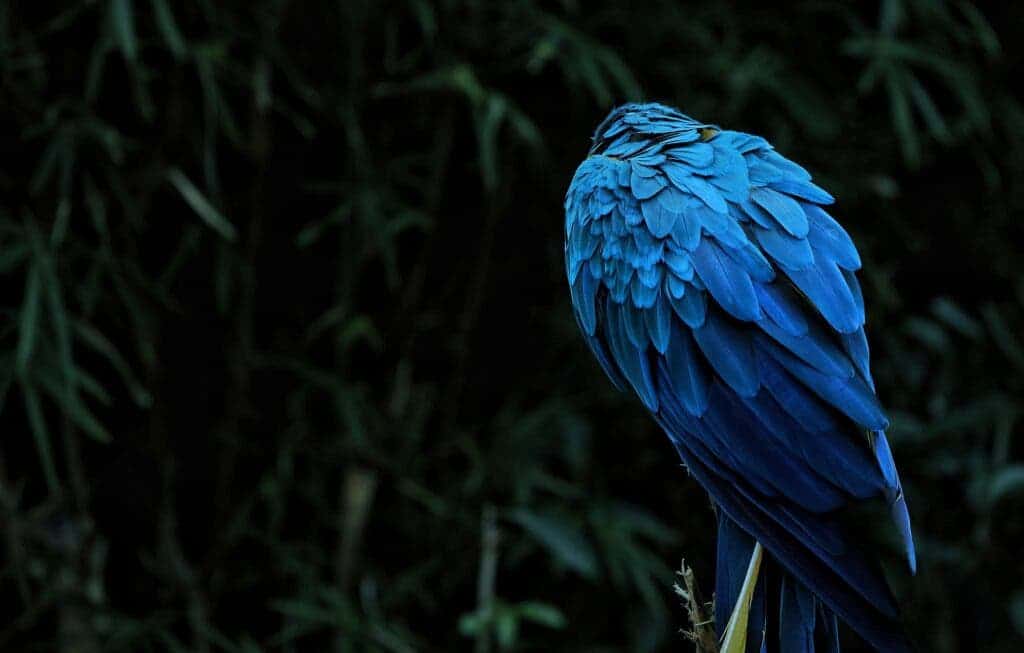Parrots may not be very long for this world — and it’s on us. New research finds that parrot species around the world are threatened with extinction due to wide-spread habitat destruction. Current protected areas can’t mitigate these losses, the team adds.

Pressures from human activity is putting parrot species at risk of extinction all around the world. As such, the future of these birds is firmly in the hands of policy makers in Australia and other areas where parrots are endemic, the authors explain. Agriculture and logging are the biggest culprits that the team identified, but other events (such as the Australian wildfires of last year) are also contributing to the problem.
Parrotn’t?
“In a previous global evaluation of parrots with scientists from BirdLife International we showed that they are among the most threatened bird orders, with higher extinction risk than other comparable bird groups,” co-author Dr. George Olah, from the ANU Fenner School of Environment and Society, said.
As their current range experiences significant habitat destruction, parrot species are struggling to adapt all over the world. Those areas that are currently designated as protected are much too small to serve as alternative home for them.
The study is a product of a collaboration between parrot ecologists at The Australian National University (ANU) and spatial ecologists from the National University of Córdoba, Argentina. It looked at and compared the conservation status of parrots in different areas of the planet in order to come up with a wide-scale picture of the threats they face.
Over half of the world’s critically endangered species of parrot live in Australia, Asia, and the Pacific area, the team explains. Apart from habitat destruction, wildlife trade is further pushing parrot species towards extinction here.
The team explains that temperate forests in Australia (which house many species of parrots) were already showing signs of heavy degradation in 2020 due to human-modified landscapes. They project that this trend will continue and worsen the health of these ecosystems by 2050.
“We predicted that agricultural expansion will have a further negative effect on the conservation status of parrots, pushing many of their species to the edge of extinction in the near future,” co-author Dr. Javier Nori said.
The team identified four hotspots of parrot biodiversity, two in the Neotropics and two in Oceania, noting that each faces “different degrees of threat in regard to current habitat loss and agricultural trends”. They add that the findings “suggest the future of the group is subject to policymaking in specific regions, especially in the northeastern Andes and the Atlantic Forest”.
Deforestation, fueled by the need for arable land, remains a dire threat for parrots. These birds are “highly dependent on forests,” the authors explain, and could be pushed “to the edge of extinction in the near future” as more land is cleared. Policymakers can help protect the birds’s habitat and expand on current protected areas, or even set up new ones in the hotspots.
The paper “Global trends of habitat destruction and consequences for parrot conservation” has been published in Global Change Biology.









